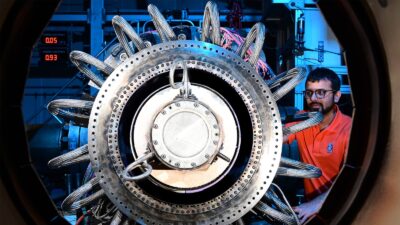Today I’ll be taking a look at a simple dividend strategy that focuses on generating gains from both dividend income and, to a lesser degree, some capital growth. Historically, dividend payouts were a primary motivation for investors: there are numerous studies that show us returns can be significantly augmented when dividends are reinvested. So, whilst they may sound boring, dividend-based strategies and the power of compounding form part of most investors’ arsenal. There are numerous variances in approach circulating across the globe; here, I highlight the ‘Dividend Dogs’ and some of the constituents. Instead of using the current yield, I will look at the forward yield on offer in order to try and avoid the possibility of any dividend cuts going forward. Other than that, there are but two rules:
- Index membership — must be in the FTSE 100 index; and
- Qualify in the top 10 stocks — sorted by yield.
HSBC
As I type, HSBC Holdings (LSE: HSBA) trades on a forward yield of over 6% and a lowly forward price-to-earnings ratio of around 10 times earnings — rather cheap, some might say. Sadly, anyone holding the stock or following the story will know that it has been the focus of allegations that its private bank was assisting their wealthy clients evade paying the correct tax, coupled with an unwelcome fall in profits for the year ending 31/12/14. Add to the mix an increased banking levy announced by George Osborne in his pre-election Budget, and one can start to see the issues driving the price lower.
SSE
One of the “Big Six” energy companies, SSE (LSE: SSE) is doing business in a tough market. If it isn’t being squeezed by smaller, more nimble competitors like Ovo and Cooperative Energy, it’s being fined for demanding excessive charges to switch off power stations. The company has already advised shareholders to expect profits to be at the lower end of expectations for the end of 2015, but the good news is that the dividend will increase at least in line with RPI inflation. With the shares trading on a forward P/E of 13.5 times earnings and yielding almost 6% — they’re in!
Centrica
In some ways, Centrica (LSE: CNA) is the odd one out here. True, it is in the same sectors as SSE and is a member of the FTSE 100. The reason is due to the fact that it recently cut its dividend. Despite this bad news, it still yields almost 5% and one could reasonably expect that it shouldn’t be cut again in the near future. A possible risk to both Centrica and SSE is the level of regulation in the form of price freezes, should Labour get the keys to Number 10.
Royal Dutch Shell
The dividends need no introduction at this company. Royal Dutch Shell (LSE: RDSB) has not cut its dividend since World War 2, and the CEO has pledged to do everything to protect it. The company is diversified and has plenty of tools at its disposal, including:
- Cutting back on production;
- Selling non-core assets; and
- Raising current debt levels.
The company has ridden storms like these before and, in my opinion, will continue to do so. The shares trade on a forward P/E of just under 12 times earnings and yield over 6%.
BHP Billiton
Our final candidate is BHP Billiton (LSE: BLT), one of the world’s most diversified resource stocks. It has been in the news, mainly for lower commodity prices and for a rather large demerger. As the company spins off South32, it has promised that the dividend to shareholders will not be reduced and continue to be progressive. The shares trade on a forward PE of nearly 15 times earnings and yield just under 6%.
Taking A Contrarian View
It is easy to see why these companies are yielding market-beating dividends — factors such as the fall in the price of oil and other commodities, political pressure, amongst other factors that have affected their business in a negative way. Some shareholders will be running for the hills, whilst others may take this opportunity to secure a yield that is hard to find elsewhere.







